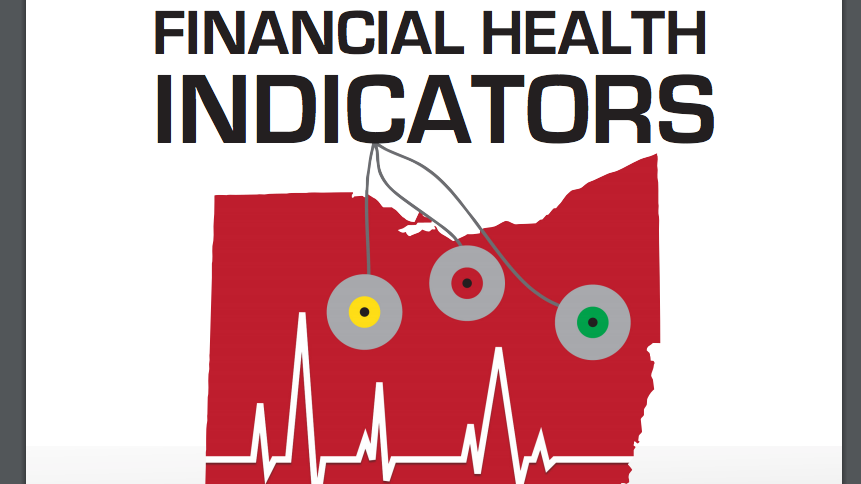Valley Governments in Position to Avoid Fiscal Stress
COLUMBUS, Ohio – According to a new tool from the state auditor’s office, the major cities in the Mahoning Valley, as well as the county governments, are in a good position to combat fiscal stress.
Using research, programming and testing, the new tool generates 17 “financial health indicators” for all 247 cities and 88 counties in the state. Each indicator is designated as critical, cautionary or positive. If a municipality has six or more areas deemed critical or a combination of eight critical and cautionary areas, it is considered to be in a state of high fiscal stress.
“This effort has one goal: Help improve the financial health of our communities by providing a ‘fiscal physical’ to pinpoint potential problem areas,” said Auditor Dave Yost in a release. “Not every financial problem can be avoided, but this tool provides an early warning system to help identify those that can.”
Youngstown had four cautionary indicators and one critical, in the debt services expenditures as a portion of total revenues. Warren was cautionary in five areas and critical in two: percentage of general fund revenue exceeding expenditures and budgetary noncompliance and/or unreconciled financial records. For Columbiana, all reported indicators were rated positive.
Mahoning County was cautionary in five areas and critical in one – change in unrestricted net assets – while Trumbull County had cautionary indicators in two fields and none that were critical. No report was generated for Columbiana County.
“These indicators and the overall condition of a city or county should not be construed as a criticism of the operating decisions of local officials,” Yost said. “Rather, these indicators illustrate the financial stress on our cities and counties.”
Based on data from 2015, the most recent year with information available, 16 cities and one county meet the threshold for high fiscal stress. Additionally, 13 cities and two counties are within one critical or cautionary indicator from meeting the high-stress threshold.
The reports will be generated twice a year for each municipality. Once when the city or county submits its financial statements for a preliminary report and again when adjustments are made after the auditor’s review.
Other states, including Washington, Michigan and New York, have similar programs and were drawn from in the creation of Ohio’s program. All information from the financial health indicator reports can be found at OhioAuditor.gov/FHI.
Copyright 2024 The Business Journal, Youngstown, Ohio.



